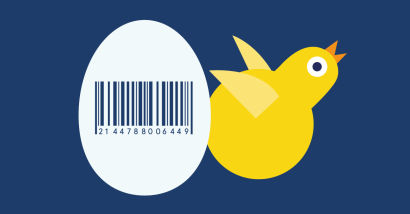Food traceability

Traceability concerns tracking the journey of food along the food chain, from producer to consumer. In the event of a food incident it enables the identification and subsequent withdrawal or recall of unsafe food from the market. Regulation can ensure that people have useful information about where their food comes from. Transparency from the food industry instils confidence. Systems of traceability and recall continue to develop and improve with advances in technology such as bar-coding, radio frequency identification, global data synchronisation and authenticity testing of foods.
Food packaging unwrapped
15 September 2016Food packaging plays an important role in protecting and delaying chemical, physical, and biological deterioration. In this way, even simple packaging (such as glass, metal, plastics...
Food chain transparency: Past, present, and future
25 November 2015Food chain transparency is the concept of knowing and having access to product related information (where does it come from, how it is processed and stored, etc...
Food traceability: Cornerstone of EU food safety policy
12 February 2014Following the political fallout and damage to consumer confidence and the food industry caused by the BSE (Bovine Spongiform Encephalopathy) known as “mad cow disease” crisis of the 1990s, the EU...
DNA testing of foods (Q&A)
08 December 2013DNA (Deoxyribonucleic acid) is the unique hereditary material in all cells, and is found in animals and plants, and therefore in our food...
European Union action plan to tackle food fraud
04 December 2013Despite the integrity of the majority of the food industry and their commitment to consumer protection and consumer confidence, the issue of food fraud has gained attention in recent times...




